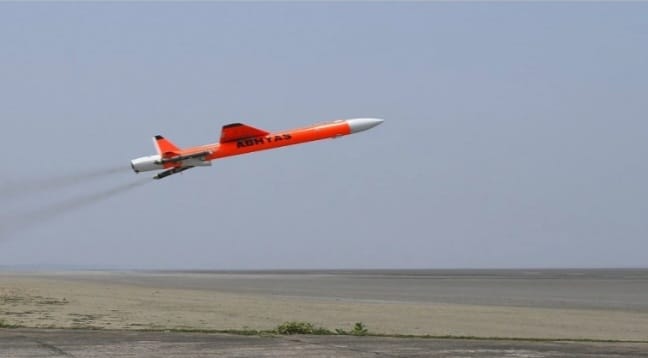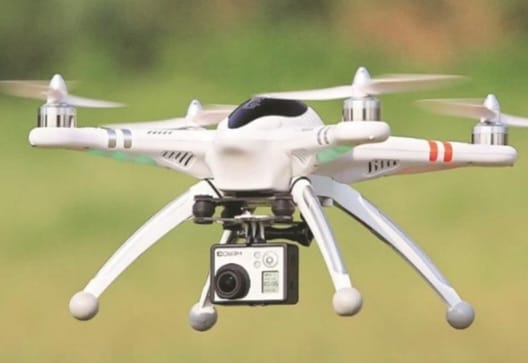

R. Suryamurthy

Operation Sindoor, India’s precision military action against terror camps in Pakistan and Pakistan-occupied Kashmir, has emerged not just as a statement of strategic intent but also as a high-impact marketing showcase for India’s growing defence export ambitions. Experts say the operation’s success is transforming battlefield validation into a powerful sales tool, bolstering the credibility of India’s indigenous defence platforms on the global stage.
Central to the mission were domestically produced systems, most notably the SkyStriker loitering munitions—autonomous kamikaze drones co-developed by Elbit Systems and Adani Defence in Bengaluru. Their performance in neutralising concealed and mobile threats has generated international interest, positioning these drones as cost-effective, precision-guided alternatives for countries looking to modernise asymmetric warfare capabilities. This marks their first large-scale deployment in cross-border operations, giving them critical combat credentials that could boost export prospects in Asia, Africa, and Latin America.
While official confirmation remains pending, speculation around the possible use of BrahMos supersonic cruise missiles—a joint Indo-Russian product—further highlights India’s cutting-edge strike capabilities. With unmatched speed and pinpoint accuracy, BrahMos has long attracted attention from global buyers. Its association with a high-profile, successful operation like Sindoor only enhances its export profile.
India’s ability to deliver a high-impact operation using homegrown technology also draws attention to broader defence production ecosystems—from HAL’s Tejas fighter jets to DRDO’s tactical missile systems and Bharat Electronics’ radar and electronic warfare units. All of these systems have received a de facto endorsement via real-world performance, giving prospective buyers critical reassurance about reliability, precision, and survivability under operational conditions.
By contrast, Pakistan’s retaliatory attempts, reportedly involving Chinese-origin CM-400AKG missiles, AR-1 munitions from Wing Loong-II drones, and PL-15E air-to-air missiles, failed to deliver results. The contrast in battlefield outcomes not only underlines India’s technological edge but also provides an implicit comparative benchmark for global arms buyers weighing Indian versus Chinese platforms.
Speaking at the National Quality Conclave this week, Defence Minister Rajnath Singh emphasised how precision and minimal collateral damage, achieved with indigenously developed platforms, reflect India’s commitment to quality and strategic autonomy. “This operation is a testament to what Indian defence manufacturing is capable of,” he said, underlining its role in propelling India toward becoming a top-tier defence exporter.
India’s defence exports surged to a record ₹24,000 crore in FY 2024–25, and the government has set an ambitious target of ₹50,000 crore by 2029. Operation Sindoor may serve as a key inflexion point in reaching that milestone. The Indian government envisions making India one of the world’s top defence exporters by 2047—an ambition now backed by industrial scale and battlefield credibility.
Beyond equipment sales, the operation is expected to have a multiplier effect across allied sectors such as aerospace, cybersecurity, avionics, and R&D, generating high-skill employment and reinforcing India’s reputation as a full-spectrum defence hub. It also signals to global investors that India can conduct high-stakes military operations without destabilising its economy—an important reassurance for foreign capital considering long-term partnerships or technology transfers.
By leveraging Operation Sindoor as a proof-of-concept for its defence technologies, India is enhancing its security posture and redefining the economic narrative around military operations. From drones to missiles and radar systems, Indian hardware is now combat-proven, ready for export, and increasingly aligned with the needs of modern armed forces worldwide.
